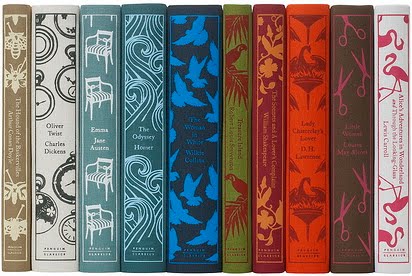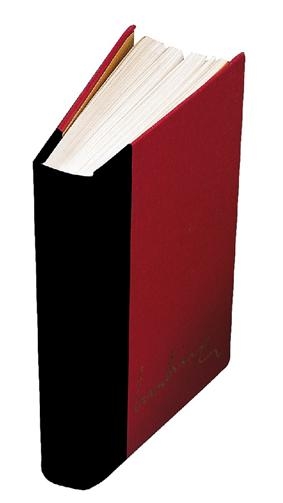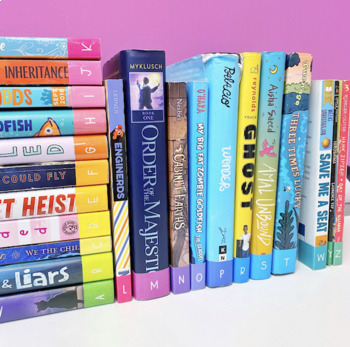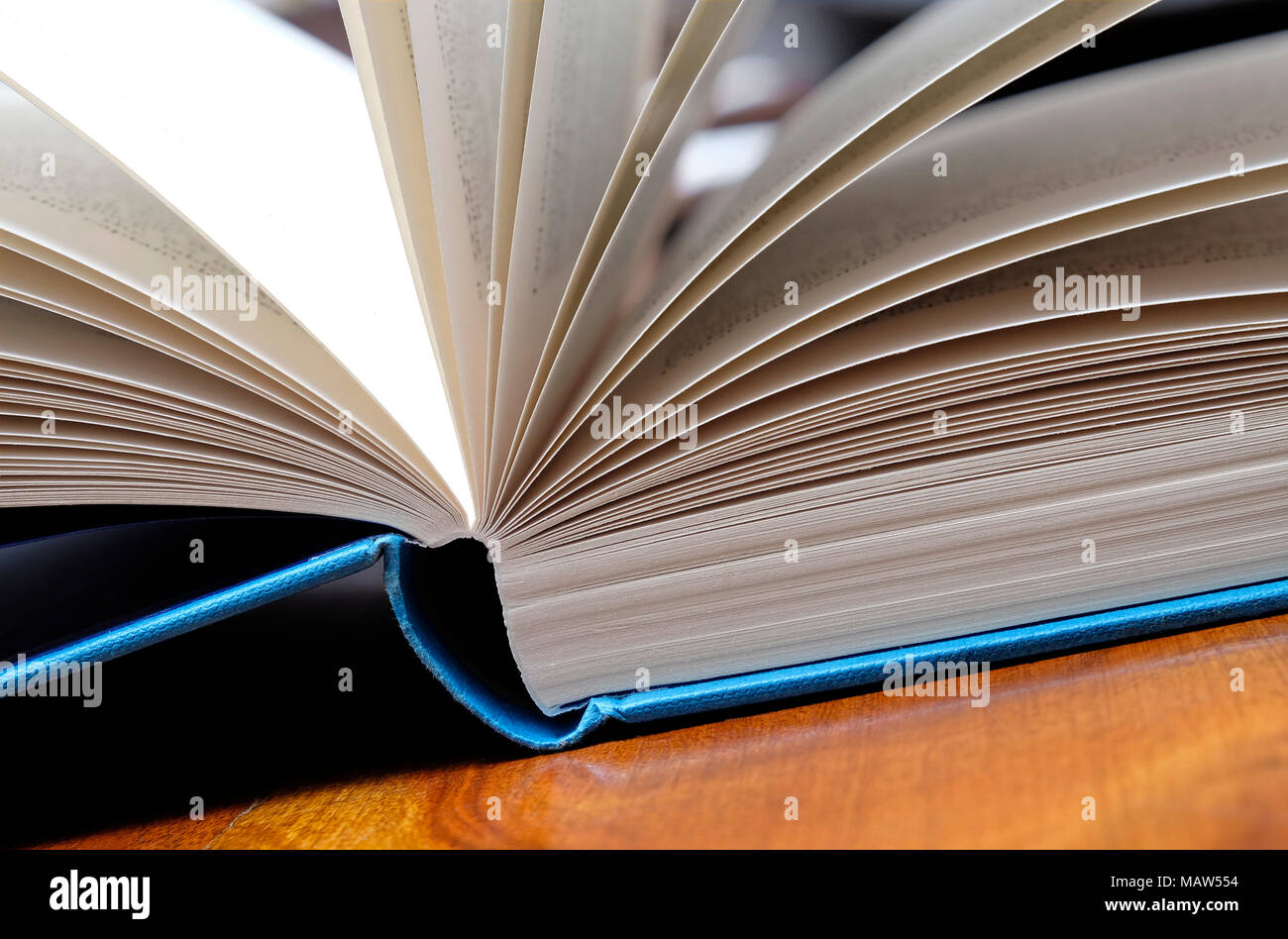

However, the orientation of the title was not fixed for many centuries. Interestingly, it appears to show only one book shelved spine-out, but a few are debatable.Īs book binding techniques improved, allowing books to be shelved vertically without causing damage, the convention for the title to be printed on the spine became established. The first illustration of a printing press and bookseller's shop appeared in a 1499 edition of Danse Macabre, published in Lyon by Mathias Huss.
#Book spine free#
Henry Petroski, in his excellent book on the development of the book through the ages, The Book on the Bookshelf, details how the half-title page has its origin as a label that could be removed from the book block and folded to display the title in front of the fore edge (the label being held in place between the front cover and the free endpaper (the endpaper that is not pasted onto the cover board. Early shelving conventions were to place the book horizontally on the shelf, with the spine inward or perpendicalar to the shelf edge. Today, it is common to see a book's title printed on the spine - in fact, commercial publishers consider that their greatest challenge is often to compress the information conveyed on a book's cover onto its spine, as most books only enjoy a few weeks spent "face-out" (positioned so that the front cover is visible) on a table or displayed on a shelf before spending the rest of its commercially viable life "spine out" on bookshelves.īut, it was not always so. "The part of the book that faces you when it is properly shelved on a bookshelf."
#Book spine how to#
The most-succinct definition of how to identify a book's spine probably comes from Tom Congalton and Dan Gregory of Between the Covers Rare Books, Inc.: "That part of a book which is visible as it stands closed on the shelf not uncommonly called in antiquarian parlance the backstrip, and sometimes called the back." - ABC for Book CollectorsĬocked - when the spine is crooked or bent out of shape (often from poor storage). Confusion can arise when people refer to the commonly used terms front or back covers, however the preferred terms for these covers are the upper cover and lower cover.ĭepending on the type of binding used, a spine can be flat or ridged. It should be noted that back is often used as a synonym for spine. Its secondary function is to provide a place for the title and author to be displayed, so the book can be easily identified.

No spine and a "book" is simply a block of paper. Professor Mazzie’s poem on “What Cats Think.The most crucial function of the spine is to provide a place to bind the pages together.

#Book spine update#
UPDATE (): Student Affairs Specialist Sarah DiStefano and I both had cats on the brain when we created these poems. What can you create? Send pics of your book spine poetry to me and we’ll create another post with all the submissions.

It’s easier than trying to find a word that rhymes with “quarantine.” One of Professor Mazzie’s book spine poems. I’ve had fun throwing together some poems.
#Book spine full#
While I have a pretty full bookshelf at work, I have even more books at home. Still, Shaw’s quarantine project got me working on my own book spine poems. King points out that the artwork seems wrong and his name is misspelled.) these are real covers.” (Why? The fourth book from the left on the top shelf is supposed to be King’s bestseller It. Phil Shaw’s book spine poetry.Ī timely book spine poem by Phil Shaw made its way around Twitter recently, though author Stephen King was “unconvinced. Instead, with book spine poetry, you simply arrange books so their titles to create a poem. You, the poet, aren’t writing the words, trying to fit a form, or looking for words that rhyme. Book spine poetry is considered “found” poetry that is, a poem made up of words from other sources. I’ve found one of the most enjoyable ways to write poetry is to create book spine poetry. If your life is burning well, poetry is just the ash.” - Leonard Cohen One way to enjoy poetry is to read it the other way is to write it. April is National Poetry Month, and this April, particularly, is a perfect time to discover poetry.


 0 kommentar(er)
0 kommentar(er)
